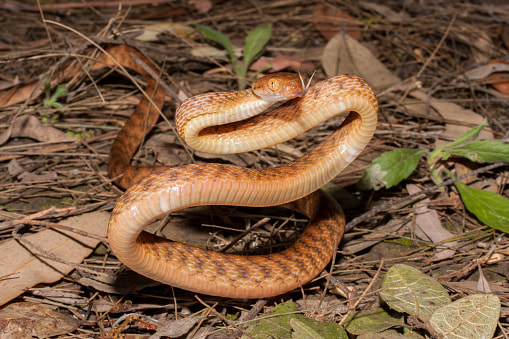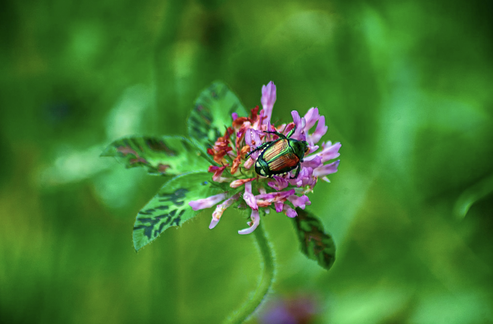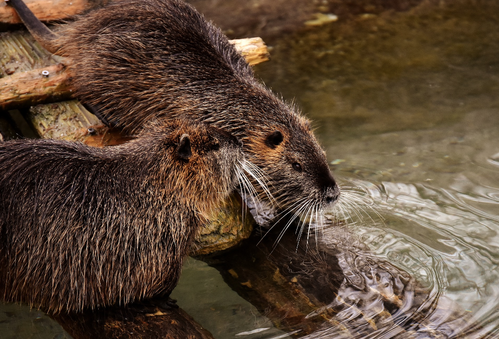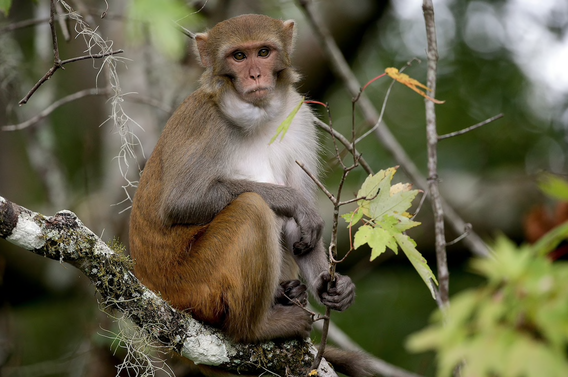|
In the United States, hundreds of free-ranging snakes are discovered each year, most often due to escapes or releases from the pet trade. Most of them do not appear to have established a reproductive population. An animal can be harmful in an area not natively located.
The brown tree snake was introduced to the United States territory of Guam after World War II. Guam is a tiny U.S. territory located midway between Australia and Japan, and it's famous for having been occupied by the Japanese in World War II before being liberated by American troops in 1944. Invasive brown tree snakes have been a major problem for Guam since they arrived on the island due to their ability to kill many birds and reptiles native only to Guam. They have devastated the indigenous birds, mammals, and lizards on the island, leaving only a few small species. Brown tree snakes have also caused problems with rats by killing them off as well as other small mammals like mice or rabbits which can be harmful if their population gets out of control.
3 Comments
The Japanese beetle (Popillia japonica Newman) is an invasive species that is slowly making its way across the United States. While they may not be a threat to human health, their notorious appetite can do serious damage to both lawns and gardens. If you're, like most people, scrambling to figure out how to get rid of Japanese beetles, there are ways to control them before they become too big of a problem, but it takes some effort. So if you're curious about these buggers and want to learn more about how to deal with them, read on!
Japan to America: A story of a century-long invasion The United States is home to a whole lot of pesky invasive insects. How many exactly? Well, you might be surprised! According to an estimate, there are about 4,300 species of invasive insects in the US. The Japanese beetle is the most devastating of all invasive insect species in urban communities. The Japanese beetles, as you can tell from its name, originally belonged to Japan before making America their second home. They were first introduced, and that too, accidentally, within a shipment of Japanese irises bulbs in the early 1900s. Later, they were discovered at a New Jersey plant nursery in 1916. In their native home range, they have natural predators which keep the population of these pesky insects at bay. The absence of Japanese predators and optimal climatic conditions helped these insects to successfully thrive and proliferate in eastern America; where they're loathed by just about everyone. By 2015, they had fully or partially established themselves in more than 70 percent of the US and beyond, in West and North. They've now infested Canada, Italy, Portugal, western Russia, Korea, and some parts of India as well. As with many human-induced invasions, our love for lush green lawns that are watered regularly is what has provided perfect conditions for Japanese beetles' larva to thrive without being bothered by any predators. Today, this ravenous bug is the most widespread garden pest in the US. Identification of Japanese beetle Despite the damages, it is hard not to be impressed with these bugs' looks. The adult beetle is oval-shaped and only about ⅜ inch long. The head and thorax are covered in a fluorescent, metallic green shell and shiny copper-brown wings that shimmer as if an alien life form. They have six legs, two antennae that look like tweezers, and five to six tufts of white hair on each side and rear of its body. These tufts are the key to identifying the flyers from other beetles. 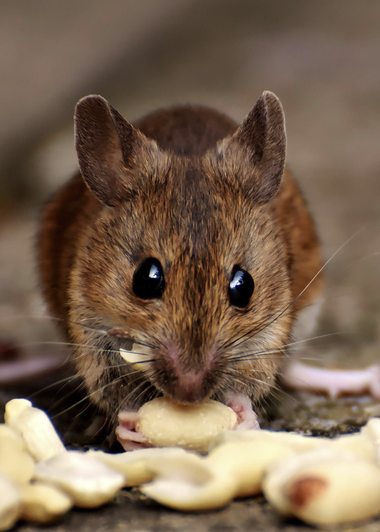 Photo by Alexas_Fotos on Unsplash Photo by Alexas_Fotos on Unsplash The invasive rats in New Zealand have been a major issue for the past decade. The population has risen sharply and is now at an all-time high. The invasive rodents cause harm to New Zealand's native species, as well as damage infrastructure and property. Rats are one of the most destructive invasive species, as they eat both living and dead animals, crops, and poison baits intended to kill them. In response, New Zealand is gearing up to eliminate invasive predators by 2050 - including possums, stoats, and other invasive predators. These animals will be killed or trapped until their populations decline enough that there are no longer any significant effects on native wildlife from these pests! Invasion of Rats in New Zealand The first rats to arrive in New Zealand were introduced by Maori settlers more than 700 years ago. By the time Europeans arrived in New Zealand, there were already several invasive rat species present. Around 1855, ship rats spread across New Zealand's North Island and eventually reached the South Island sometime after 1870. The population of rodents has risen sharply, and they now pose a significant threat. Many species, such as the famous kiwi and the massive kakapo parrot, have lost the ability to fly. They were gentle and settled, and as a result, they were easy pickings for rats, dogs, cats, stoats, weasels, and possums that arrived later on. Over 26 million baby birds and eggs are eaten by these animals every year. What Are Rodents? Rodents are mammals with four front teeth that grow continuously throughout their lives. They have a single pair of chisel-shaped incisors, perfect for gnawing through hard materials like wood and plant matter. A long, thin dental groove on the outer side of each upper incisor delivers blood to an elongated tooth socket where the incisor attaches to the skull. This groove also allows rodents' teeth to self-sharpen as they wear down from gnawing, which is why invasive rats in New Zealand are so destructive! Beavers, Castor canadensis, are semi-aquatic rodents who build dams. They are also the national animal of Canada. Beavers occur naturally in North America, where they have predators, including wolves and coyotes. And also, rodents were heavily hunted for their fur, which caused their number to dwindle rapidly. To prevent this, there was a ban imposed on hunting these creatures. Their number grew back to normal, but the fur industry took a big hit. In 1948, there was a need to boost the fur industry. So ten pairs were brought to Argentina and set free in Lake Fagnano. From there, they spread along the Beagle Channel, and now, a voracious beaver colony has been established on the Brunswick Peninsula in Chile, South America. While the pelt project for spurring trade never really took off, the beavers did. Since they were protected from hunting for the last 35 years and there were also no natural predators in South America, they sprouted rapidly. And the results are disastrous.
Beavers are the keystone species in South America There are two types of beavers, one is present in Eurasia, Castor fiber, and the second the Castor canadensis, which is in North America was introduced in Canada in the 1940s. Beavers have been roaming North America for over 7 million years, a period long enough for native flora and fauna to know their teeth. Willow can now resprout its stems successfully, and Cottonwoods produce distasteful tannins to deter chewing. In South America, beavers act as the keystone species, an organism that sustains the entire ecosystem. And, the presence or absence of that particular species would dramatically alter the food webs and affect the ecosystem. Florida has been grappling with invasive species like Burmese Pythons, which wreak havoc on native wildlife for decades. Silver Spring State Park in Florida, previously well-known for its pristine forests and wetlands with a spring-fed river flowing right through it & exotic native wildlife, is now home to over 1,000 rhesus macaques.
Native to south and southeast Asia, these monkeys are prolific breeders and consumers. They’re herbivores but also feed on small insects, invertebrates, and bird eggs. This diverse diet combined with occasional feeding by humans has helped them habituate and thrive outside their native range. “A recipe for trouble,” as anthropologist Erin Riley, studying human-animal interactions from San Diego State University, had described. The Silver Spring primates aren’t as afraid of humans as other animals. Though they are skittish around people, their aggressive behavior led to the partial closure of two State parks in 2016 & 2017. A prime reason why a growing population could lead to the increased human-macaques interactions and conflicts. A new study published in the journal Wildlife Management suggests that their population will double by 2022 unless controlled. This ballooning population is a threat to park management and visitors. This is because the macaques carry a rare and deadly form of Herpes virus, Herpes B virus. Though it is extremely rare for Herpes B to spread from a monkey to a human, it can be fatal when it does 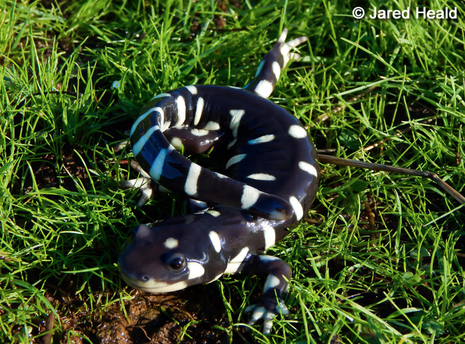 Californian Tiger Salamander (Picture via: CaliforniaHerps.com) Californian Tiger Salamander (Picture via: CaliforniaHerps.com) California is home to the Californian tiger salamander, which has a scientific name Ambystoma californiense. It is an amphibian that has large round snouts and has small eyes with black iris. They are called tigers because of the yellow bars on their skin. The males of species can be distinguished from the females by the presence of swollen cloacae during the mating season. An adult male of the species can be up to 8 inches, and females are smaller in size, and can be about 7 inches. They eat insects and larvae of other species. 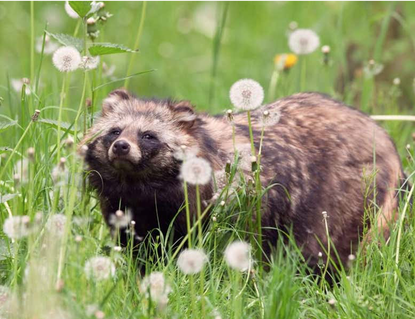 Image Source: Zoologer Image Source: Zoologer Every month, several alien species are introduced in new ecosystems where they threaten biodiversity. Non-native, exotic species, be it a giant Hippopotamus or an amphibian Cane Toad, can wreak havoc on the environment, ecology, and economy in their new homes. Alien species may alter habitats, predate on or compete with native fauna or be important vectors of diseases and parasites. The hardy, fast-growing creatures with few or no natural predators in the new home bully the native flora and fauna to the point of extinction. Several carnivore species like the American mink, raccoon, and raccoon dog were brought to Europe for their valuable fur or to become pets in the black market. Raccoon Dog Though the raccoon dog (Nyctereutes procyonoides) resembles North American raccoons, it is the closest relative of the Canidae family’s true foxes. The stumpy grayish-black raccoon dog, indigenous to East Asia, has established itself in sub-tropical regions of Northern and Eastern Europe. 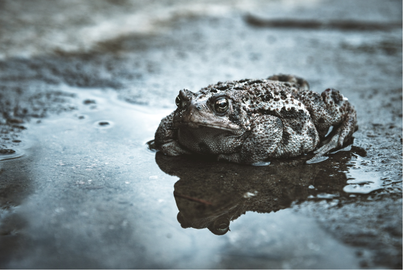 Photo by Jaunathan Gagnon via Unsplash Photo by Jaunathan Gagnon via Unsplash The cane toad, exotically known as Rhinella marina, is a large, non-native amphibian introduced into Australia in 1935. Native to South and Central America, Giant toads are viewed as invasive species in Florida and Australia. They are poisonous to animals that try to devour them. Not every non-native species introduced in a new region is invasive. They are labeled as invasive only when they compete with native flora and fauna for resources and alter or damage the ecosystem. Cane toads are invasive as they outnumber the native fauna with their breeding and insatiable appetite. 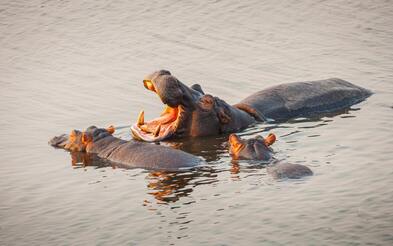 Hippo family, Savanah (Chris Stenger via Unsplash) Hippo family, Savanah (Chris Stenger via Unsplash) Columbia is worth seeing for its golden, palm-fringed beaches, lofty, snow-covered mountains, dense tropical rainforests, and scenic lakes. However, wild hippos are now a sight for sore eyes in the Magdalena River of Columbia, thanks to notorious camel Pablo Escobar. From Burmese Python in Florida to wild boars in Texas, European Starlings of the U.S to wild hippos of Colombia; invasive species have made whole ecosystems go haywire. “An invasive species is a non-native organism that causes ecological or socio-economic damage in a new environment”. These species muscle out native flora and fauna, competing for resources and territories and thus reducing biodiversity and altering habitats. Of the invasive species introduced by humans, Columbian hippopotamuses (Hippopotamus amphibius) date back to their exporter, cocaine kingpin Pablo Escobar. Native to Sub-Saharan Africa, these third-largest land mammals are not only relocating native Colombian animals but also altering the water channels and water quality. |
|
|
(833) CMS-LINE
(833) 267-5463 PO Box 13477 Mill Creek, Wa, 98082 © Conservation Made Simple. All rights reserved.
501(c)(3) Non-Profit, Tax ID#: 82-1646340 Copyright © 2021 Conservation Made Simple |

